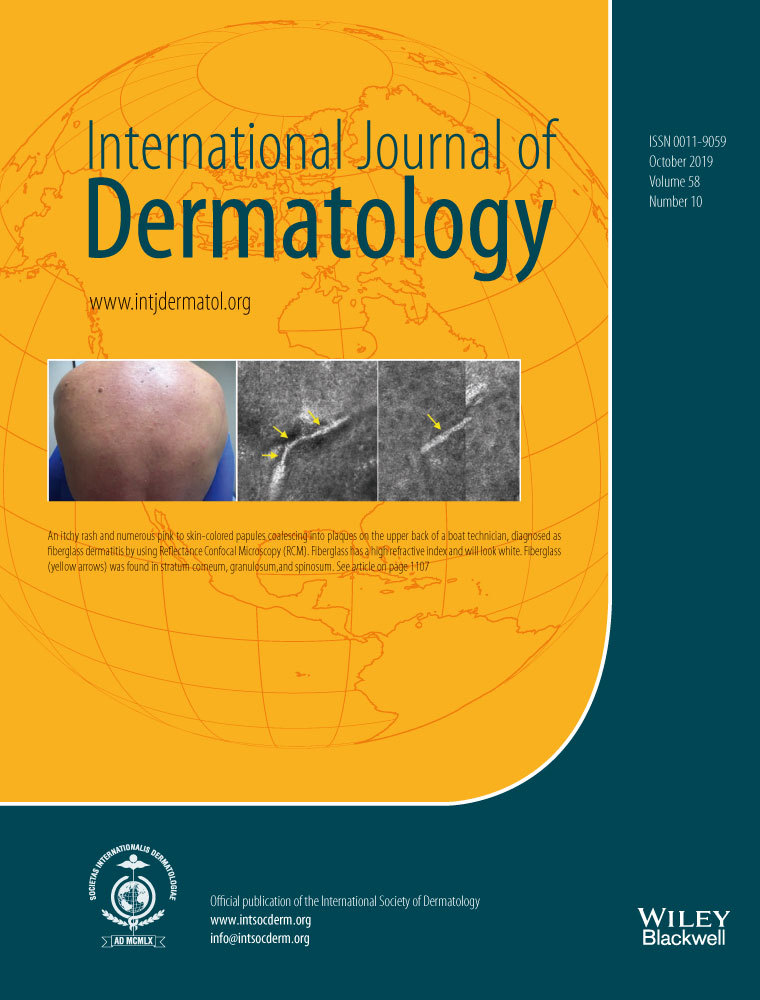Higher vitamin D levels in Nigerian albinos compared with pigmented controls
Abstract
Background
Several studies have suggested that the lower vitamin D levels in blacks is attributable to the effect of increased pigmentation in blocking cutaneous ultraviolet (UV)-mediated production of vitamin D. Albinos are devoid of melanin and should invariably have higher vitamin D levels when compared with their pigmented counterparts. However, strict photoprotection required in their medical management has been shown to reduce UV-dependent vitamin D production. Associations between low vitamin D and several diseases suggest that the pattern of vitamin D in the black African albino be investigated.
Objective
To compare the vitamin D levels between albinos and normal pigmented controls in Anambra State, Nigeria, and thus highlight the impact of skin pigmentation and sun protection practices on vitamin D levels.
Methodology
This was a cross-sectional study of a consecutive series of albinos from the Albino Foundation, Anambra State. The vitamin D levels of 61 albinos and 58 matched pigmented controls were analyzed. The sun exposures of the participants were calculated using validated sun exposure questionnaires.
Results
The albinos had significantly higher vitamin D levels (median 95.9 [50.1–177.4] ng/ml) than the controls (78.2 [12.1–250] ng/ml). None of the albinos had low vitamin D levels. None of the sun protection practices had significant effects on vitamin D levels.
Conclusion
This study contests the claim that black Africans including albinos have low vitamin D levels. Albinos living in South East Nigeria have significantly higher vitamin D levels than their pigmented counterparts.




